Cape Verde is where island life meets adventure—golden beaches, volcanic landscapes, and a vibrant culture. Wander through the historic streets of Cidade Velha, hike to the summit of Pico do Fogo, or float effortlessly in the salt pools of Pedra de Lume. Whether you’re here to explore, unwind, or dance the night away in Mindelo, Cape Verde got you covered. Here are 12 must-do experiences to add to your itinerary!
Best Things to Do in Cape Verde
Ready to explore the best of Cape Verde? Dive into the turquoise waters for snorkeling, windsurfing, and scuba diving, or soak up the rhythms of morna and funaná music in vibrant local venues. Hike the dramatic volcanic landscapes of Fogo, explore the charming streets of Mindelo, or relax on the golden sands of Santa Maria Beach. Savor fresh seafood, discover colorful markets, and experience the warm hospitality of this island paradise. From adventure to culture, Cape Verde delivers a unique and captivating experience.

1. Sal
Sal Island is one of Cape Verde’s most popular destinations, known for its golden beaches, turquoise waters, and lively atmosphere. The town of Santa Maria is the main hub, offering a mix of beachside relaxation, water sports, and Cape Verdean culture. Kite Beach is a hotspot for windsurfing and kitesurfing, while Shark Bay gives visitors the chance to safely wade among harmless lemon sharks. For a more laid-back experience, Pedra de Lume Salt Crater offers a unique chance to float in mineral-rich waters, similar to the Dead Sea.
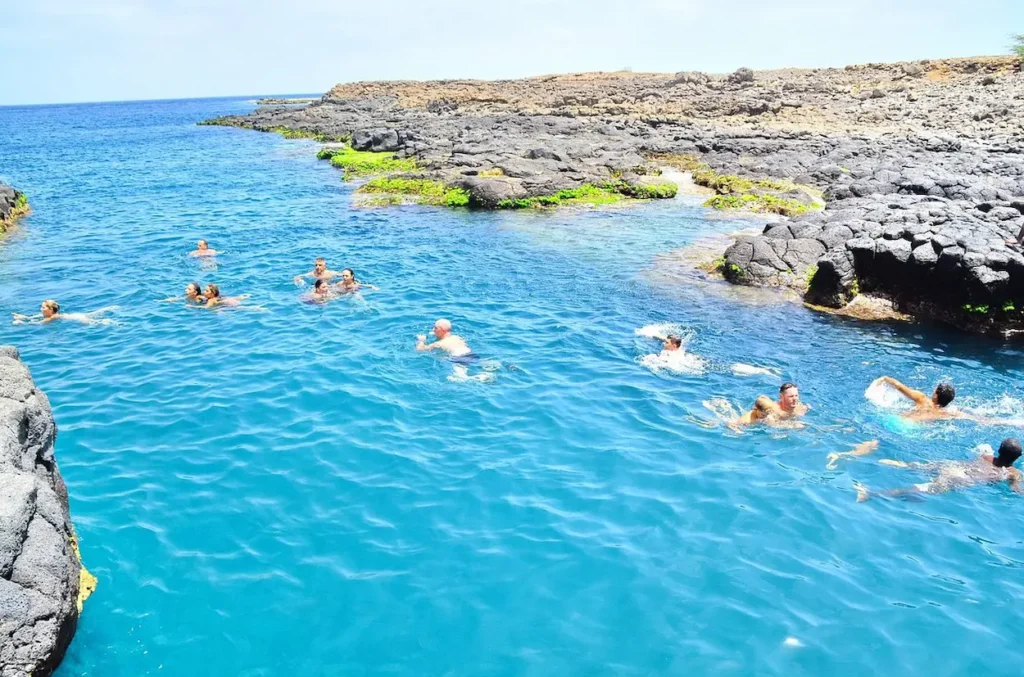
Walking through Santa Maria’s pier, I watched local fishermen bring in their daily catch, adding to the island’s authentic charm. The beachfront restaurants serve fresh seafood and traditional cachupa, making for a perfect end to a day in the sun. Whether you’re into adventure or relaxation, Sal delivers an unforgettable island experience.
- Spot sharks up close on Sal Island with this Shark Bay shark watching tour.

2. São Vicente
São Vicente is the cultural heartbeat of Cape Verde, known for its music, art, and vibrant nightlife. The island’s capital, Mindelo, is famous for its colonial architecture, colorful streets, and live music venues where you can hear the soulful sounds of morna and funaná. If you visit in February, the Mindelo Carnival is a must-see, bringing Brazilian-style parades and energetic street parties to the island. For a more relaxed vibe, Laginha Beach offers a scenic spot to swim and unwind with views of the harbor.
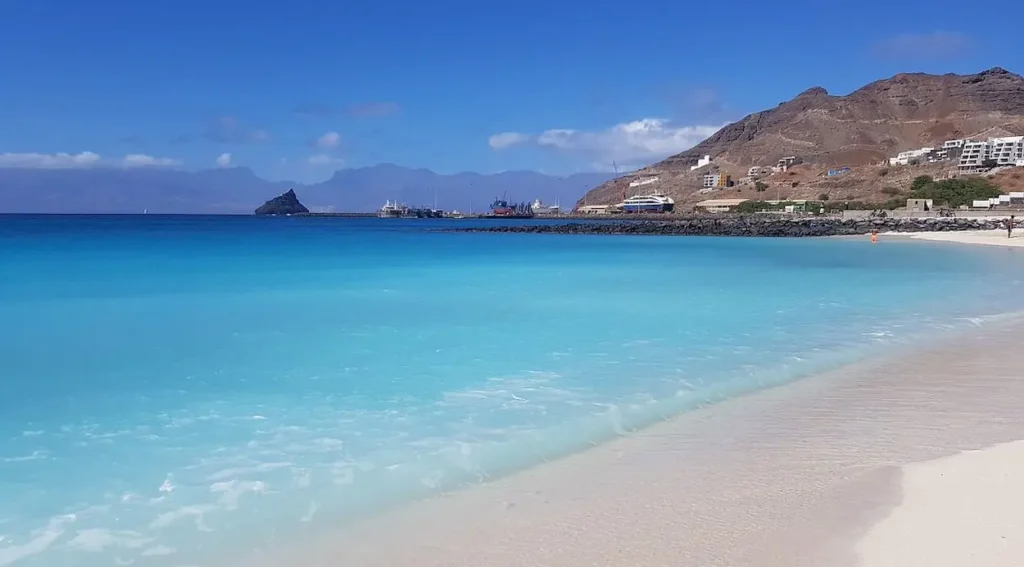
One evening, I stumbled into a local bar where a live band played Cesária Évora’s classics, and within minutes, the entire place was dancing. São Vicente’s blend of history, music, and stunning coastal views makes it an unmissable stop in Cape Verde. Whether you’re here for the culture or the beaches, this island has something for everyone.

3. Santo Antão
For those who love hiking and dramatic landscapes, Santo Antão is the ultimate adventure island. Known for its towering mountains, lush valleys, and scenic trails, this island offers some of the best trekking routes in Cape Verde. The Ribeira Grande Valley and Cova Crater provide breathtaking views, while the Paul Valley is filled with sugarcane fields and charming villages. The island is a complete contrast to the dry, sandy terrain of other Cape Verdean islands, making it a paradise for nature lovers.
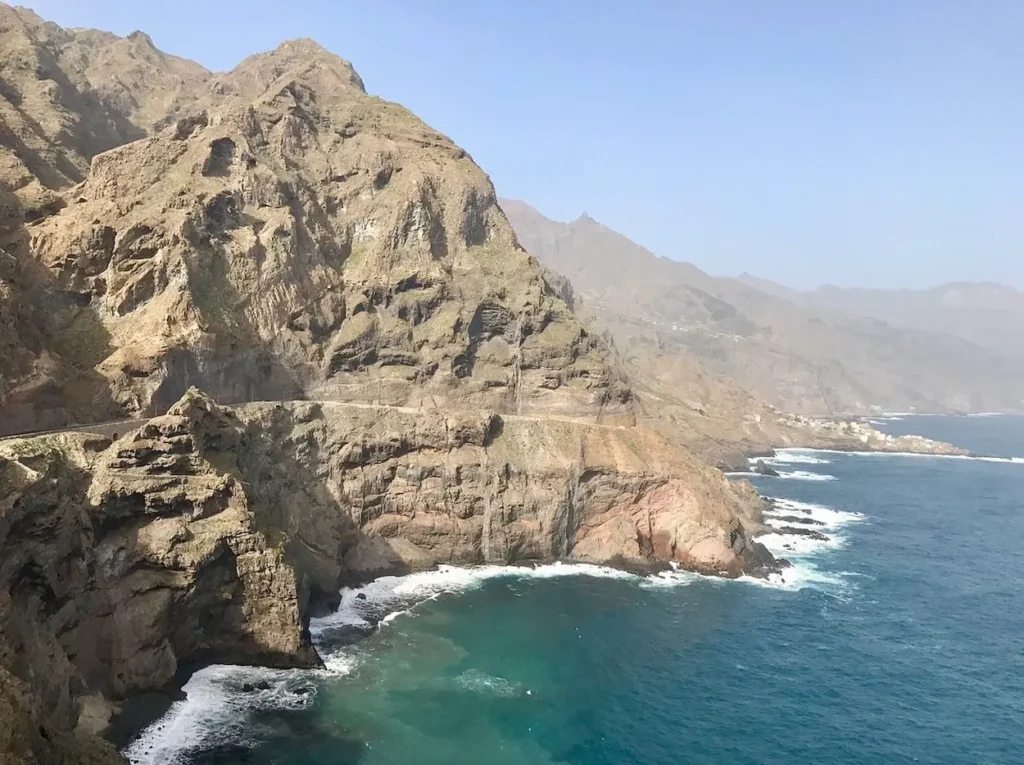
Hiking along the Ponta do Sol to Fontainhas trail, I was amazed at how the colorful cliffside villages seemed to cling to the mountains. The island’s welcoming locals and fresh tropical fruits made every stop along the way even more enjoyable. If you’re looking for an off-the-beaten-path experience, Santo Antão’s rugged beauty is worth the journey.
- Hiking Santo Antão? This full-day Santo Antão island tour showcases stunning valleys and peaks.

4. Fogo
Home to Pico do Fogo, Cape Verde’s highest volcano, Fogo is an island shaped by fire and adventure. The main attraction is the hike to the summit of Pico do Fogo, an active volcano that last erupted in 2014. The surrounding Chã das Caldeiras region is covered in black lava fields, creating a surreal, moon-like landscape. The island is also known for its coffee and wine production, with vineyards and plantations thriving in the volcanic soil.
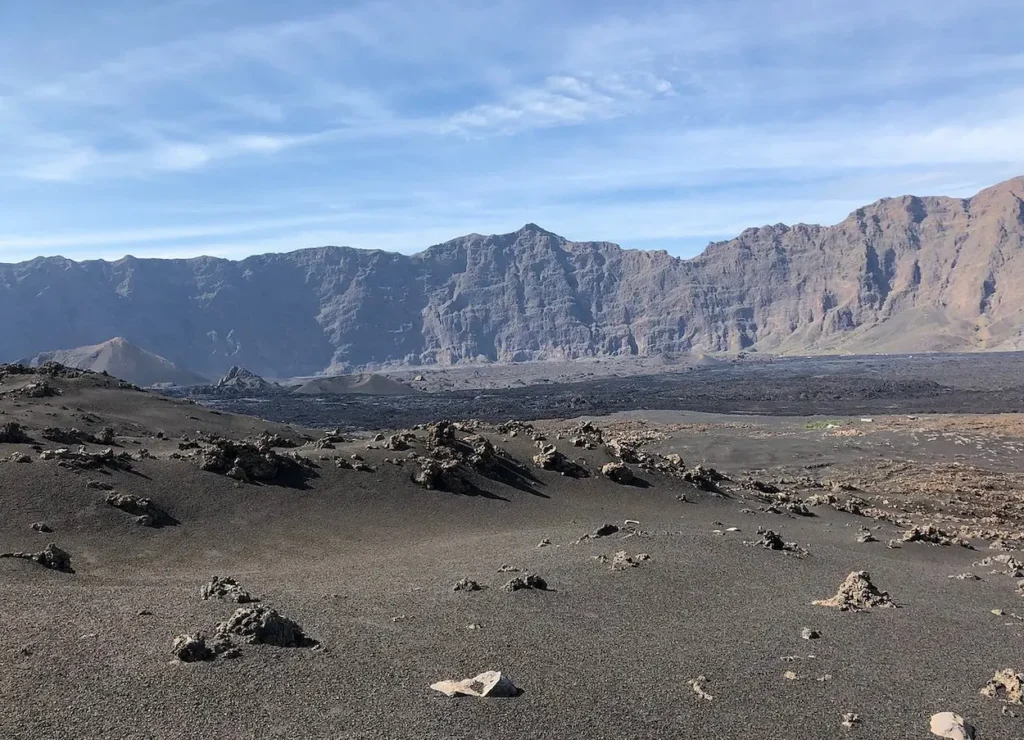
Staying overnight in Portela, a small village within the caldera, gave me the chance to try local Fogo wine while chatting with residents about life on the volcano. The contrast of fertile farmland and rugged volcanic rock makes Fogo unlike any other place in Cape Verde. Whether you’re hiking, tasting local flavors, or exploring the lava fields, this island offers a truly unique experience.
- Fogo Island volcano tour offers dramatic lava fields and local wine tasting in Chã das Caldeiras

5. Maio
For a quiet, off-the-grid escape, Maio is the perfect Cape Verdean island. Known for its unspoiled beaches, sleepy villages, and laid-back atmosphere, Maio offers a slower pace of life compared to its busier neighbors. Praia de Ponta Preta and Praia do Morro are pristine stretches of sand where you’ll often have the beach to yourself. The island is also a vital nesting ground for loggerhead sea turtles, and during nesting season, guided tours provide a chance to see these majestic creatures up close.
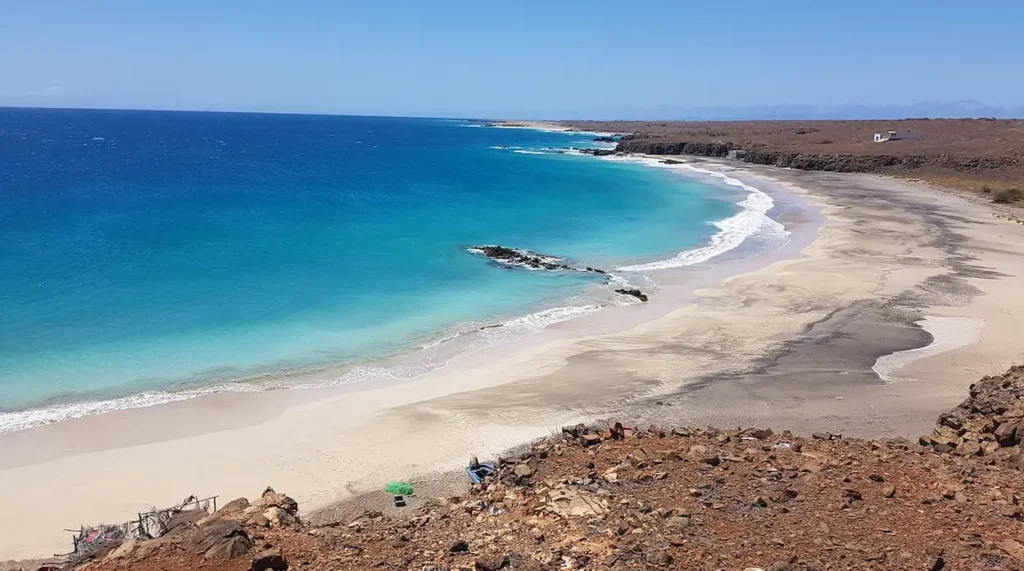
Walking through Vila do Maio, the island’s small capital, I was struck by how peaceful and welcoming the locals were. A simple seafood lunch by the harbor, with waves gently lapping nearby, was the highlight of my day. If you’re looking for authentic Cape Verdean island life without the crowds, Maio is the place to be.

6. Boa Vista
Boa Vista is famous for its desert-like landscapes, long sandy beaches, and thrilling outdoor activities. The island’s Viana Desert, with its rolling sand dunes, looks like something straight out of the Sahara. Praia de Santa Mónica, stretching for over 20 kilometers, is often ranked as one of Cape Verde’s most stunning beaches. The island is also a hotspot for whale watching, with humpback whales passing by between February and May. Adventure seekers can try quad biking across the dunes or off-road excursions to hidden beaches.
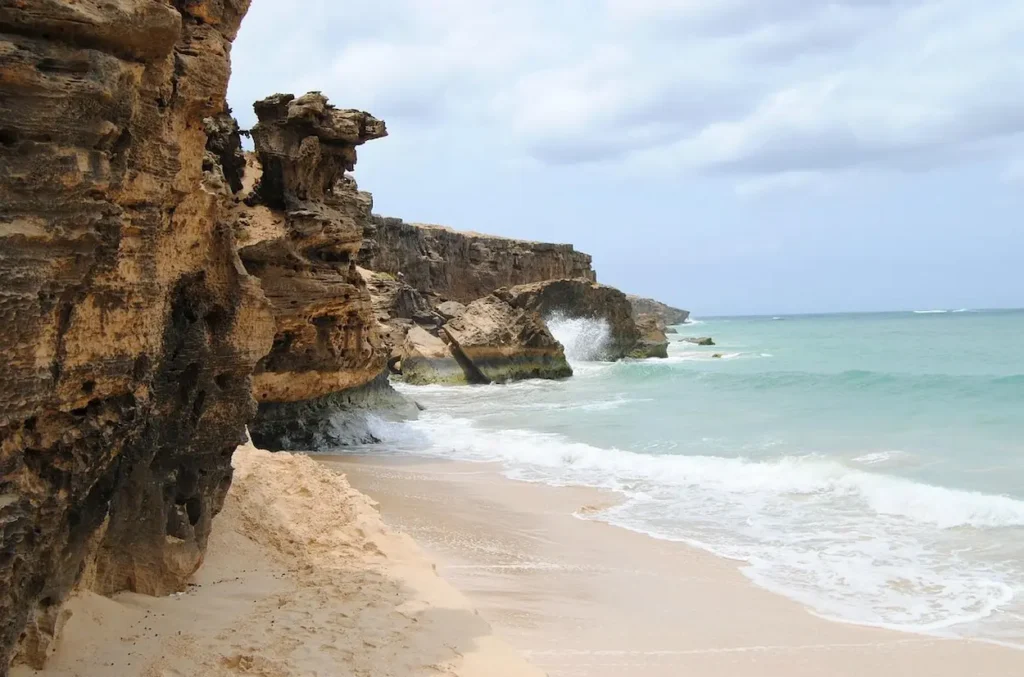
Riding an ATV through Deserto de Viana, I felt like I was on another planet, with nothing but sand and blue skies ahead. Later, cooling off in the clear waters of Praia de Chaves was the perfect way to end the day. If you’re into desert landscapes, water sports, and wildlife, Boa Vista delivers an unforgettable experience.
- Boa Vista full-day island tour combines Viana Desert sand dunes, pristine beaches, and local culture.

7. Santiago
As the largest and most populated island in Cape Verde, Santiago is the country’s cultural and historical heart. The old town of Cidade Velha, a UNESCO World Heritage Site, was once the first European colonial settlement in the tropics. Here, you can explore Forte Real de São Filipe, an old fortress with stunning coastal views. The island also offers diverse landscapes, from green valleys in Serra Malagueta Natural Park to black sand beaches like Tarrafal.
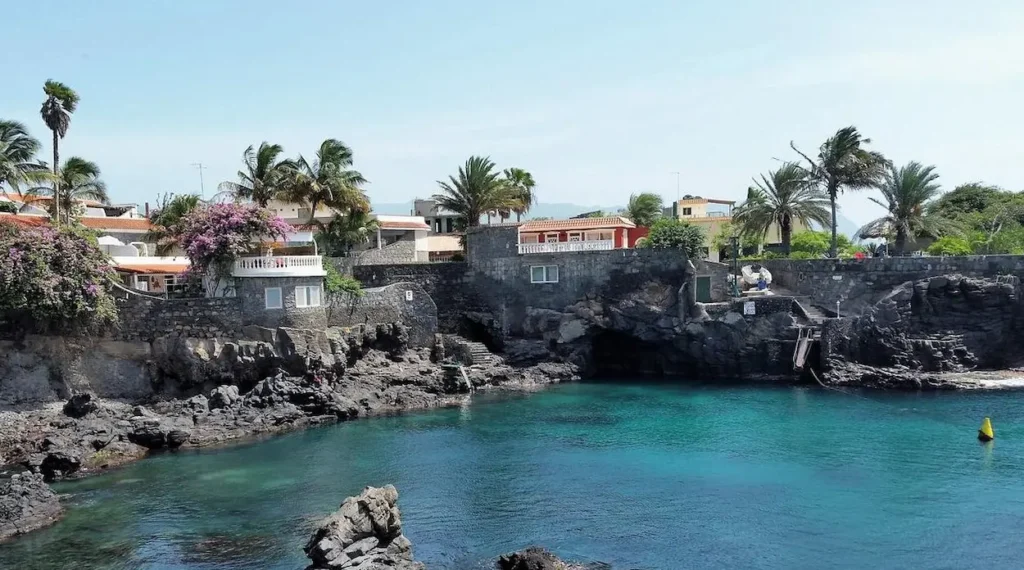
Visiting Mercado de Sucupira in Praia, I was fascinated by the mix of African and Portuguese influences in the bustling market. From fresh tropical fruits to handcrafted goods, it was the perfect spot to soak in Santiago’s vibrant energy. Whether you’re into history, hiking, or local markets, Santiago is a well-rounded destination packed with things to see and do.

8. Brava
Known as the “Island of Flowers,” Brava is Cape Verde’s most secluded and picturesque island. Its mild climate and lush green hills make it feel completely different from the drier, more rugged islands. The town of Nova Sintra, perched in the mountains, is often called the prettiest town in Cape Verde, with charming colonial houses and flower-filled streets. For breathtaking views, the hike to Fajã d’Água, a natural harbor, is a must-see for visitors.
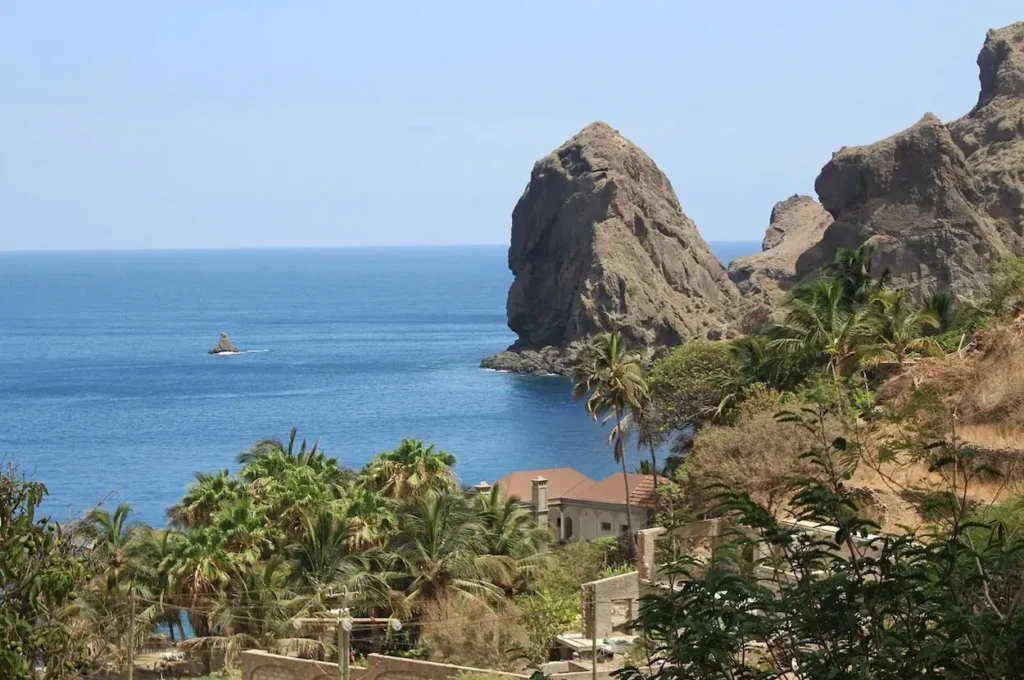
I took a quiet morning walk through Nova Sintra, stopping to admire the colorful bougainvillea cascading from balconies and hidden courtyards. Unlike the busier islands, Brava has a peaceful charm that makes it perfect for a slow-paced escape. If you love nature, scenic hikes, and authentic small-town vibes, Brava is a hidden treasure waiting to be explored and appreciated.

9. São Nicolau
São Nicolau is a hidden gem for nature lovers, offering rugged mountains, fertile valleys, and traditional villages untouched by mass tourism. The island is known for Monte Gordo Natural Park, where hiking trails lead through forests of dragon trees and breathtaking viewpoints. The capital, Ribeira Brava, features colonial-era buildings and a laid-back atmosphere, while the coastal village of Tarrafal de São Nicolau is famous for its black sand beach and fishing culture.
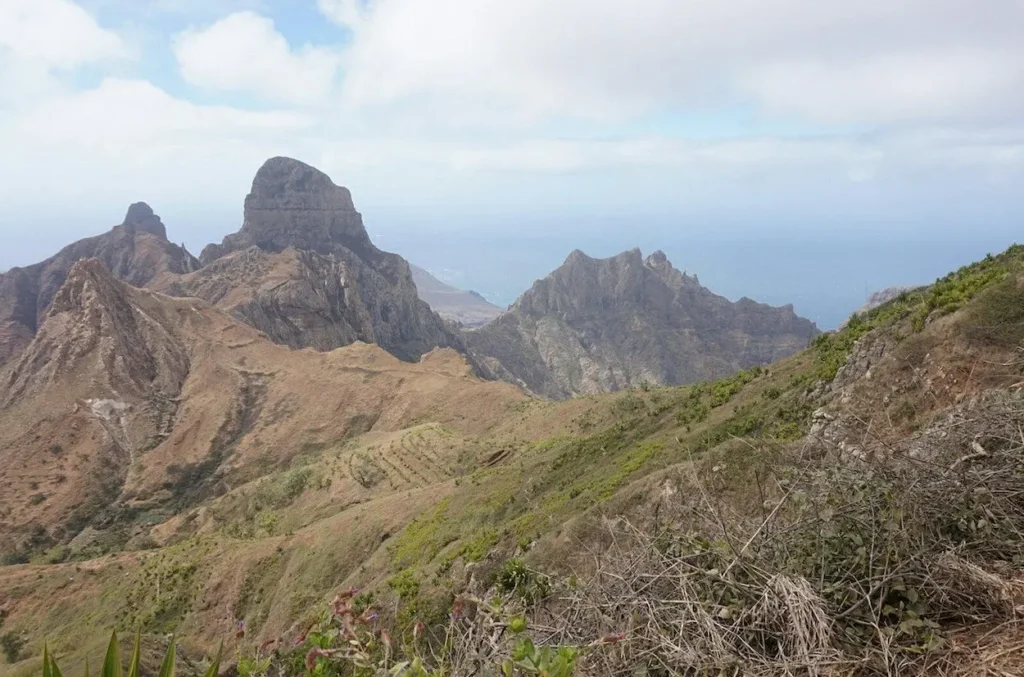
During a hike in Monte Gordo, I was amazed by the variety of landscapes, from misty forests to panoramic mountain ridges. Later, enjoying fresh seafood in Tarrafal while watching fishermen bring in their catch was the perfect way to end the day. If you’re looking for outdoor adventure, unspoiled scenery, and Cape Verdean charm, São Nicolau is a fantastic destination.

10. Santa Luzia
As Cape Verde’s only uninhabited island, Santa Luzia is a true escape into raw nature and untouched beaches. Located between São Vicente and São Nicolau, the island is part of a protected marine reserve, making it a paradise for snorkeling, fishing, and birdwatching. Its remote white-sand beaches and rugged coastline attract visitors seeking complete solitude and natural beauty. The only way to reach Santa Luzia is by private boat, adding to its untouched appeal.
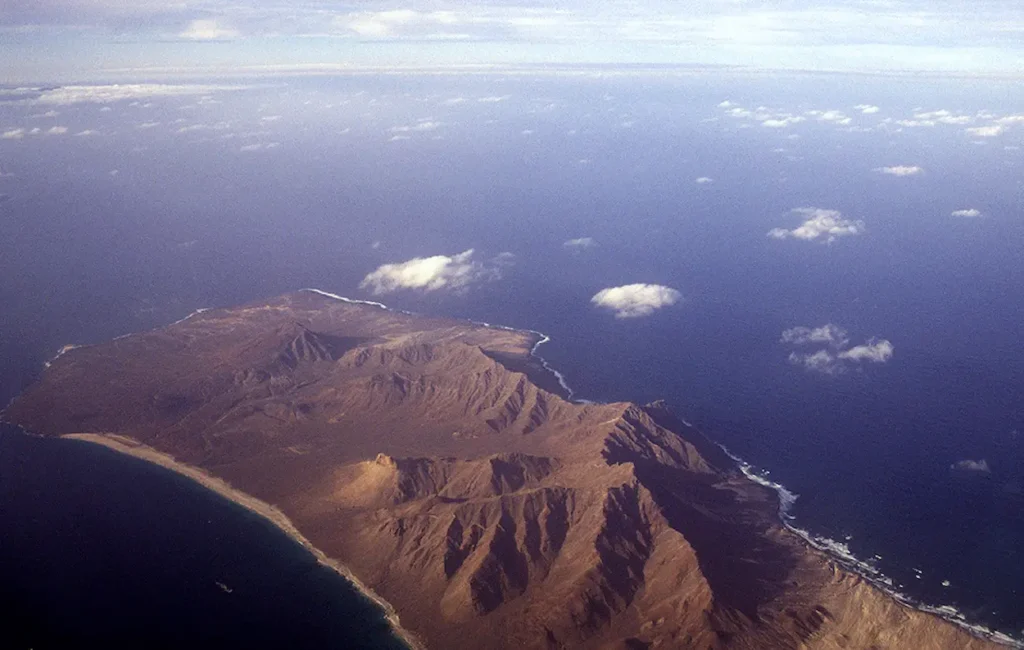
Stepping onto Praia dos Achados, I felt like I had discovered my own private island, with no signs of civilization in sight. The clear waters and quiet atmosphere made it an unforgettable spot to disconnect from the modern world. If you crave isolation, adventure, and stunning coastal scenery, Santa Luzia is one of Cape Verde’s most unique experiences.

11. Raso and Branco
The islets of Raso and Branco are among the most protected natural areas in Cape Verde, home to rare wildlife and pristine coastal landscapes. These remote islands, located near Santa Luzia, are part of the Biosfera Nature Reserve, making them an important habitat for endangered species like the Raso Lark. The surrounding waters are also rich in marine life, attracting researchers, conservationists, and eco-tourists looking for a truly wild experience filled with natural beauty.
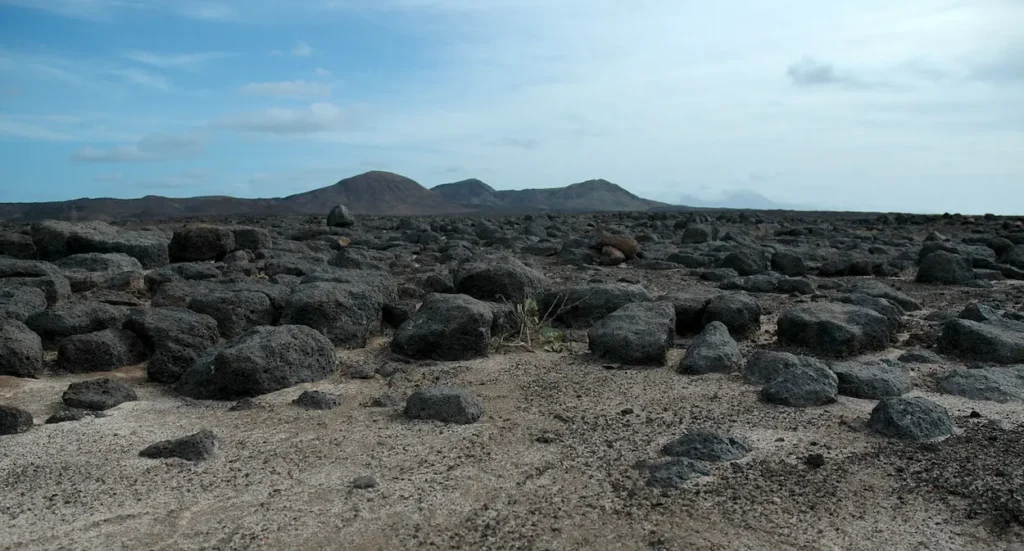
I joined a guided boat tour around the islets, spotting rare seabirds and vibrant coral reefs in the crystal-clear waters. The sense of isolation and untouched beauty was incredible, reminding me of nature’s resilience in remote places untouched by development. If you’re passionate about wildlife conservation, marine biodiversity, and off-the-grid exploration, Raso and Branco offer a once-in-a-lifetime adventure worth experiencing.
12. Ilhéu dos Pássaros
A small islet off the coast of São Vicente, Ilhéu dos Pássaros is a birdwatcher’s paradise and a unique geological site. The islet is home to a historic lighthouse, which still stands as a navigational marker for ships approaching Mindelo Bay. It’s also a nesting ground for seabirds, making it a fantastic destination for eco-tourism and photography. While the islet itself is uninhabited, boat tours from São Vicente offer visitors a chance to explore its rocky coastline and surrounding waters.
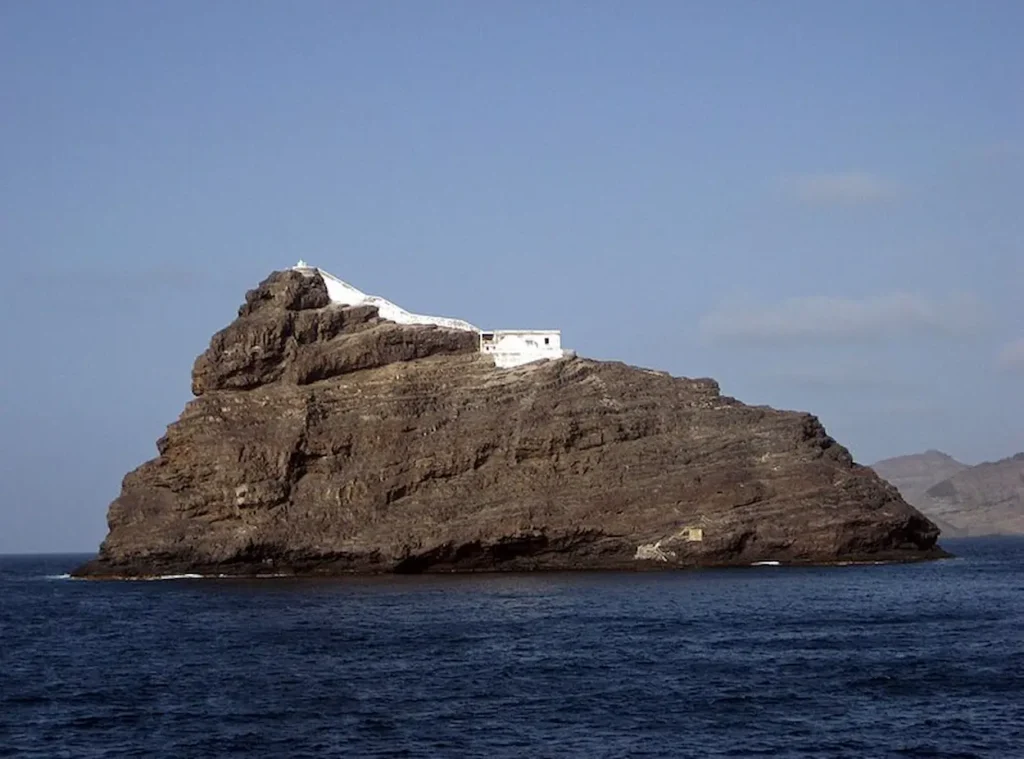
Sailing past Ilhéu dos Pássaros, I was fascinated by the way the volcanic rock formations contrasted with the deep blue sea. The sight of flocks of seabirds circling above added to the island’s wild charm. If you love nature, birdwatching, and scenic boat trips, this hidden gem is a worthwhile stop near São Vicente.






